As the popularity of air fryers continues to soar, home cooks are discovering innovative ways to prepare classic dishes with a healthier twist. One such dish that has gained attention is roasted pumpkin, a seasonal favorite that takes on new life when prepared in an air fryer. However, achieving the perfect texture—crispy on the outside, tender on the inside—requires a simple yet crucial step: brushing the pumpkin with oil to prevent drying.
The science behind this technique lies in the air fryer’s cooking mechanism. Unlike traditional ovens, which rely on radiant heat, air fryers circulate superheated air at high speeds. This rapid airflow can quickly dehydrate foods, especially those with high water content like pumpkin. By lightly coating the pumpkin with oil, you create a protective barrier that locks in moisture while still allowing the edges to caramelize and crisp up beautifully.
Choosing the right oil is equally important. Oils with high smoke points, such as avocado oil or refined coconut oil, are ideal for air frying because they can withstand the high temperatures without breaking down or imparting off-flavors. Extra virgin olive oil, while flavorful, has a lower smoke point and may not be the best choice for this application. A light brushing is all that’s needed—too much oil can lead to greasy results or even cause smoke in the air fryer basket.
Preparation is key to success. Start by cutting the pumpkin into uniform pieces to ensure even cooking. Smaller cubes will cook faster and develop more surface area for crisping, while larger wedges retain a softer interior. Tossing the pumpkin with a pinch of salt before brushing with oil not only enhances flavor but also helps draw out excess moisture, further improving texture. Some cooks swear by a light dusting of cornstarch or arrowroot powder for an extra-crispy exterior, though this is optional.
The cooking process itself demands attention. Most air fryers perform best when not overcrowded, so arrange the pumpkin in a single layer with some space between pieces. This allows the hot air to circulate freely around each piece, promoting even browning. Shaking the basket halfway through the cooking time ensures that all sides get equal exposure to the heat. Depending on the size of your pumpkin pieces and the power of your air fryer, cooking times typically range from 12 to 20 minutes at 375°F (190°C).
Beyond basic roasted pumpkin, this technique opens doors to creative variations. A sprinkle of cinnamon and nutmeg transforms the pumpkin into a sweet treat, while smoked paprika and garlic powder create a savory side dish. For those watching their oil intake, a light spritz of oil using a mister can provide the same protective benefits with even greater control over the amount used. The versatility of this method extends to other winter squashes like butternut or acorn, making it a valuable trick for any air fryer enthusiast’s repertoire.
As with any air fryer recipe, understanding your specific appliance is crucial. Some models run hotter than others, and basket size affects cooking dynamics. It’s wise to check for doneness a few minutes before the suggested time—a fork should slide easily into the pumpkin flesh when it’s ready. Leftovers (if there are any) reheat remarkably well in the air fryer, often regaining their crispness better than when microwaved.
The beauty of this approach lies in its simplicity. With just a brush of oil and the magic of rapid air circulation, ordinary pumpkin becomes something extraordinary—a dish that captures the essence of autumn with none of the sogginess that sometimes plagues oven-roasted versions. As more home cooks embrace air fryers for vegetable preparation, techniques like this are redefining what’s possible in quick, healthy cooking without sacrificing texture or flavor.

By /Aug 11, 2025
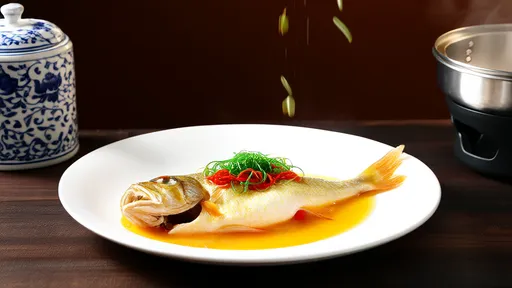
By /Aug 11, 2025

By /Aug 11, 2025
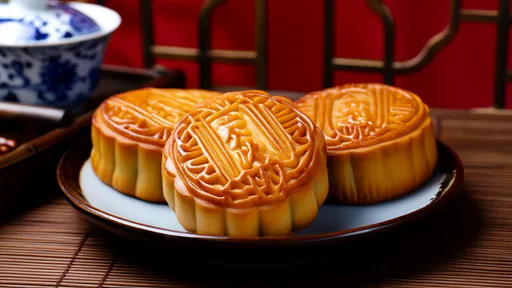
By /Aug 11, 2025
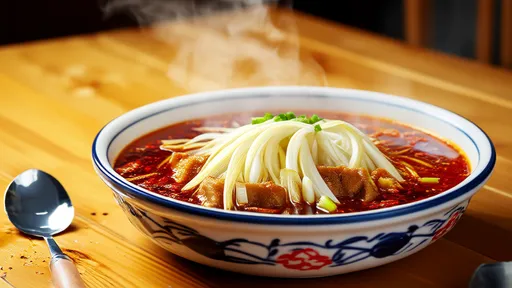
By /Aug 11, 2025

By /Aug 11, 2025

By /Aug 11, 2025
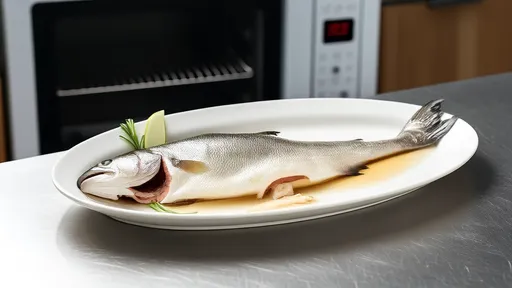
By /Aug 11, 2025

By /Aug 11, 2025

By /Aug 11, 2025
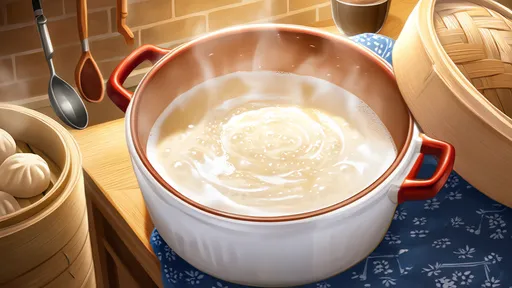
By /Aug 11, 2025
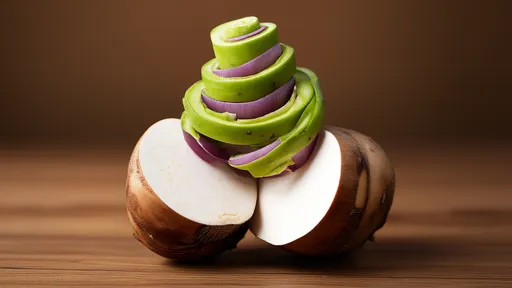
By /Aug 11, 2025
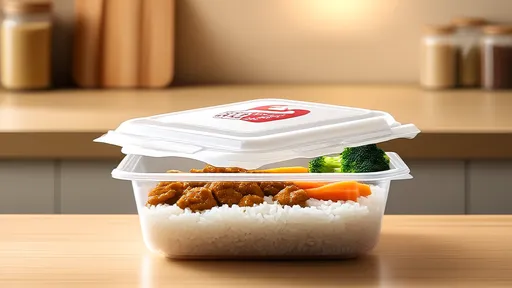
By /Aug 11, 2025

By /Aug 11, 2025

By /Aug 11, 2025
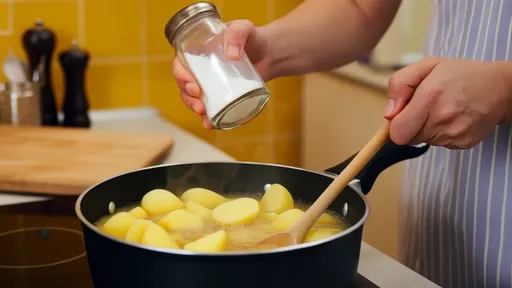
By /Aug 11, 2025
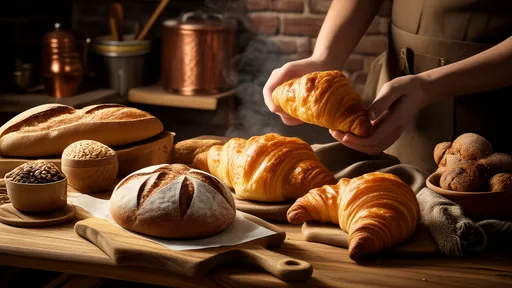
By /Aug 11, 2025
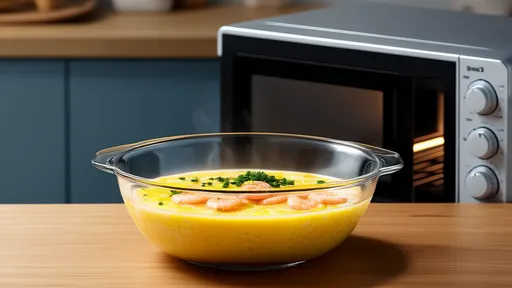
By /Aug 11, 2025
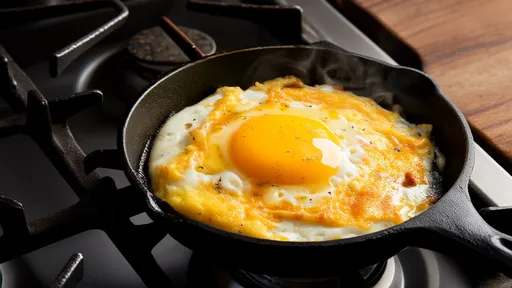
By /Aug 11, 2025
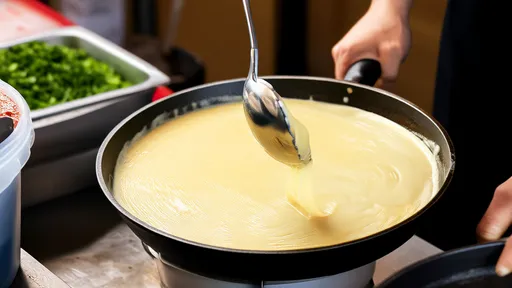
By /Aug 11, 2025